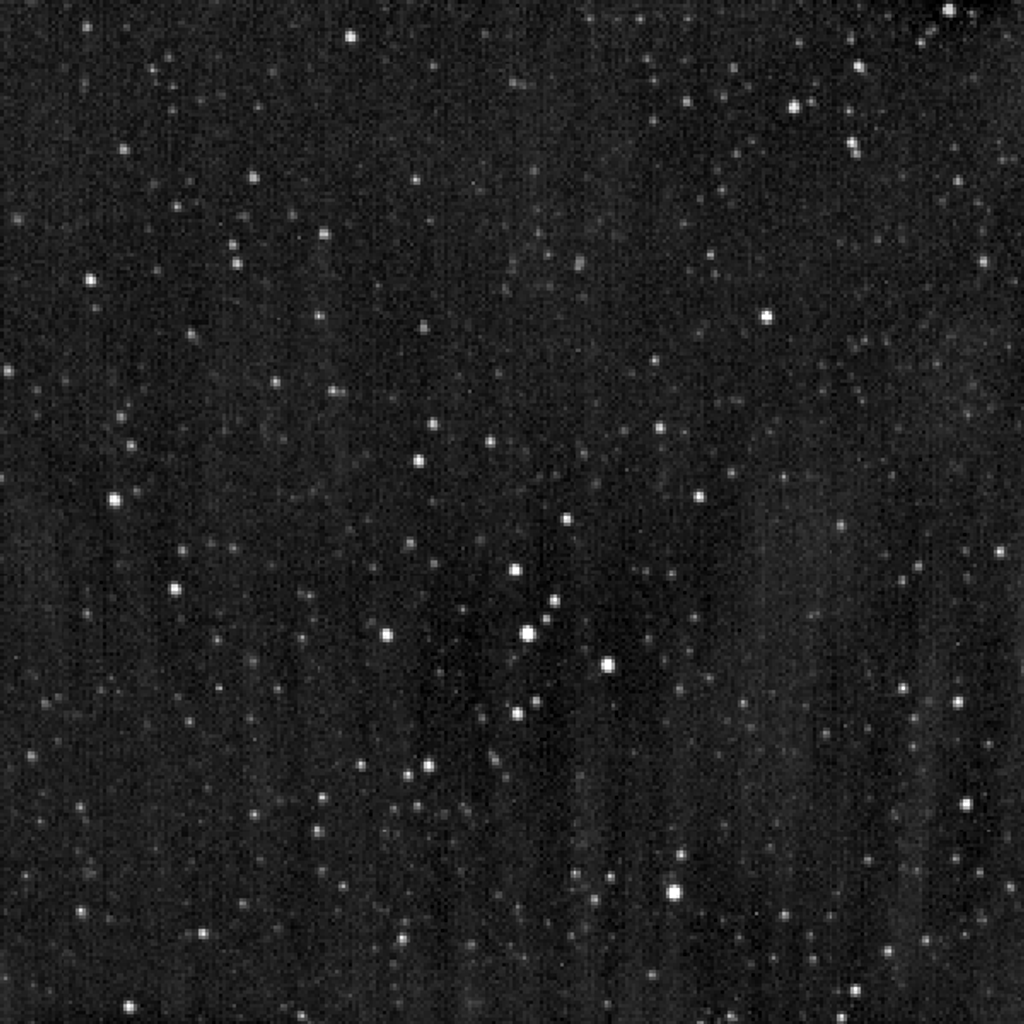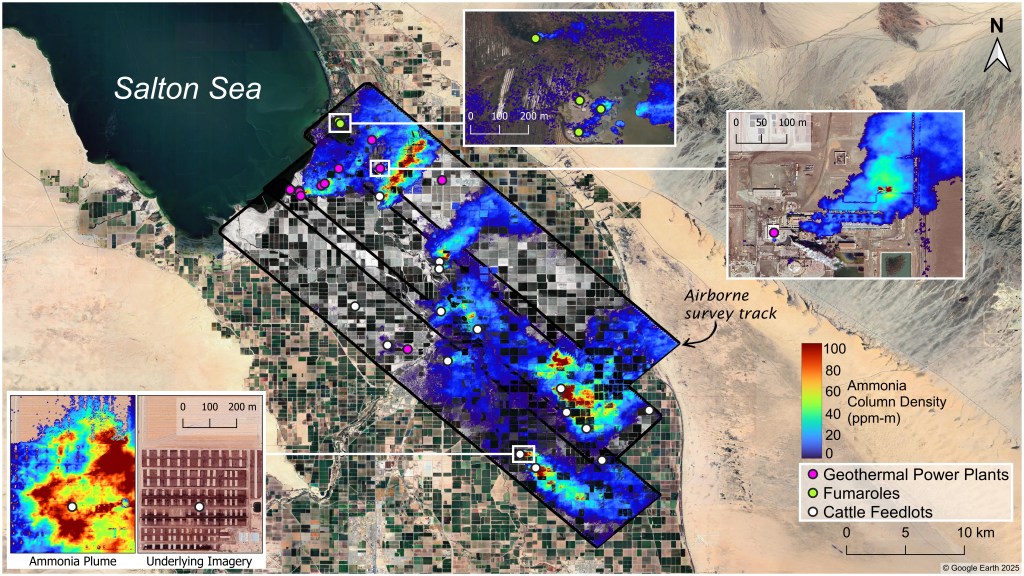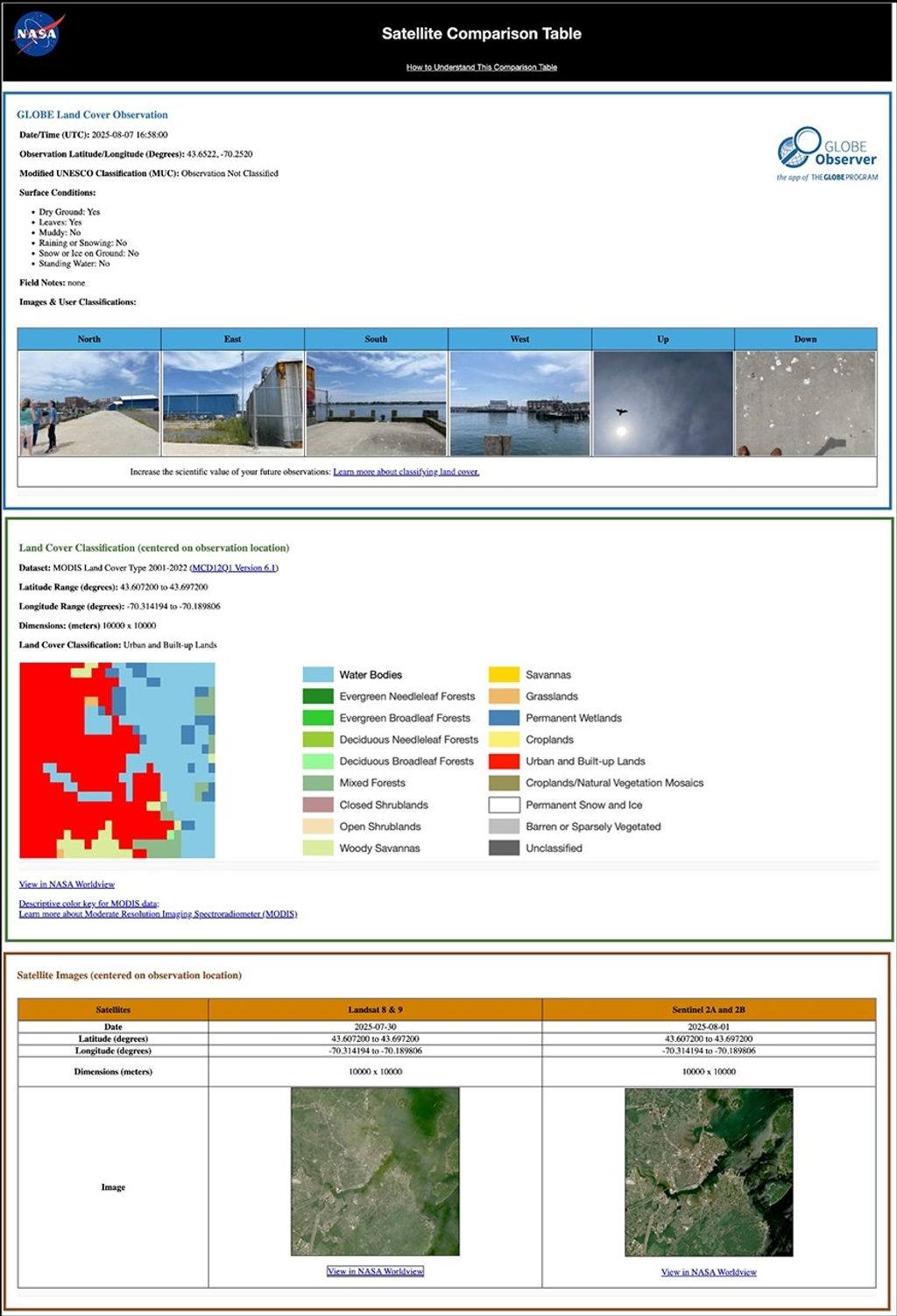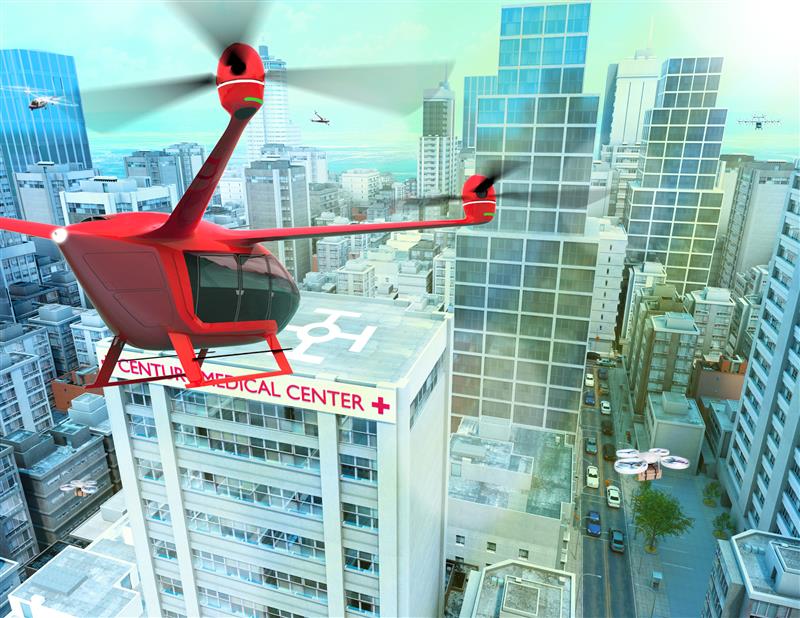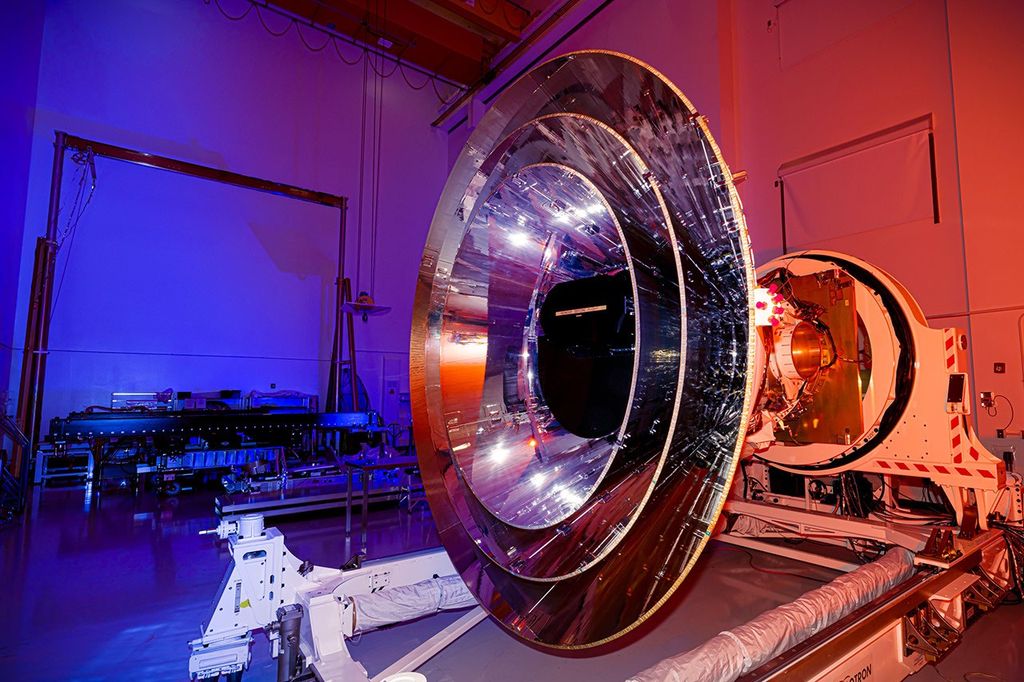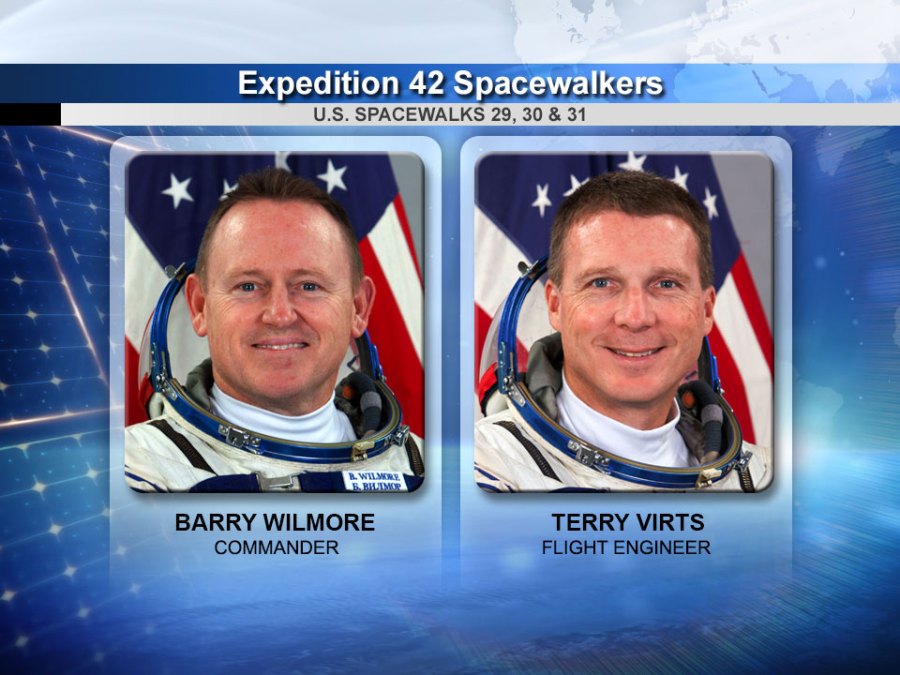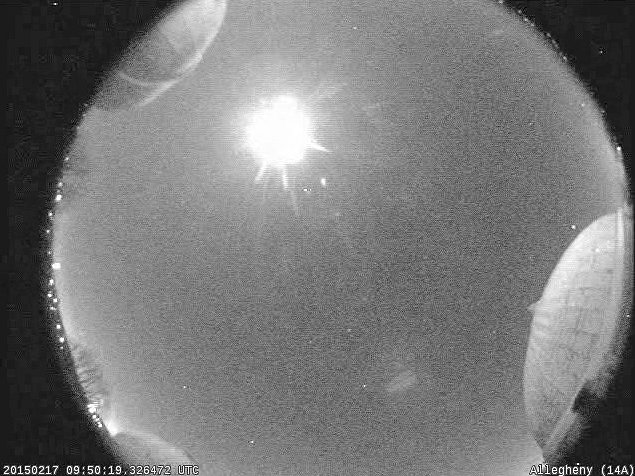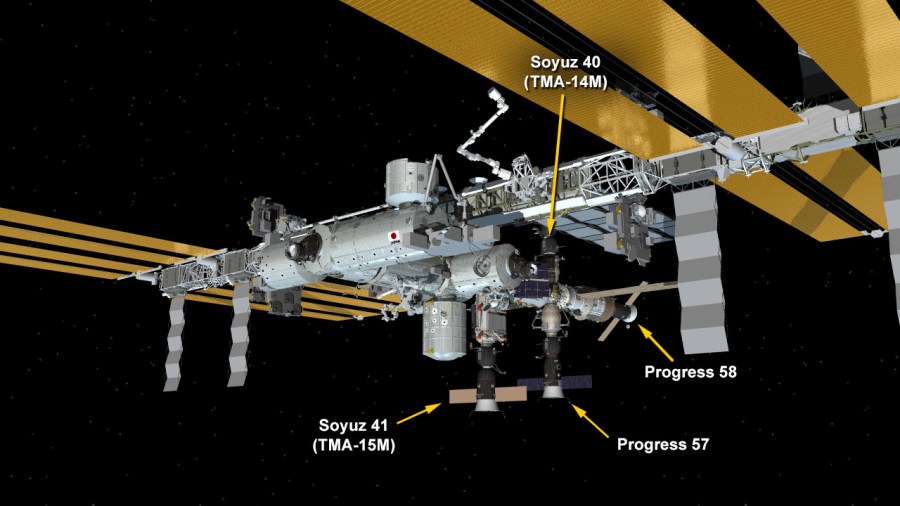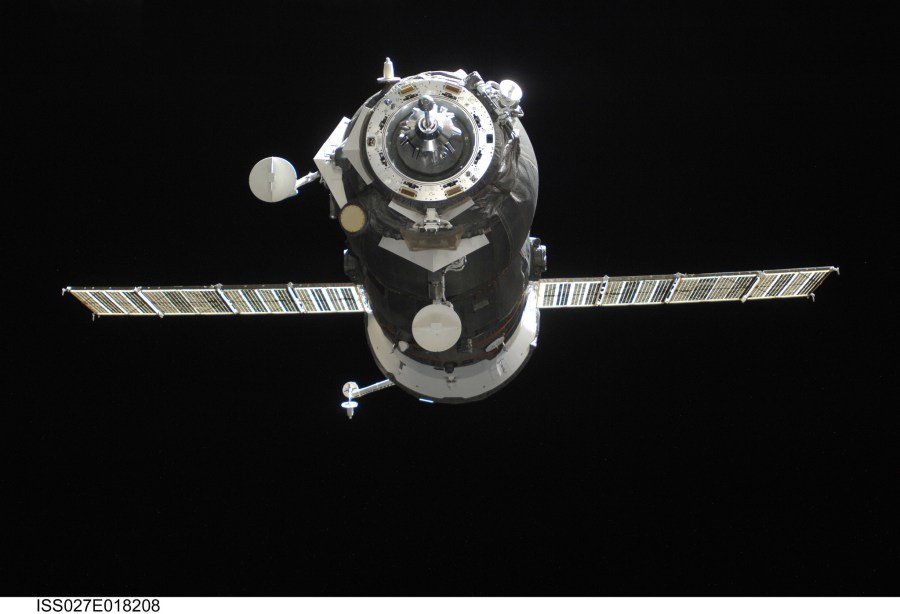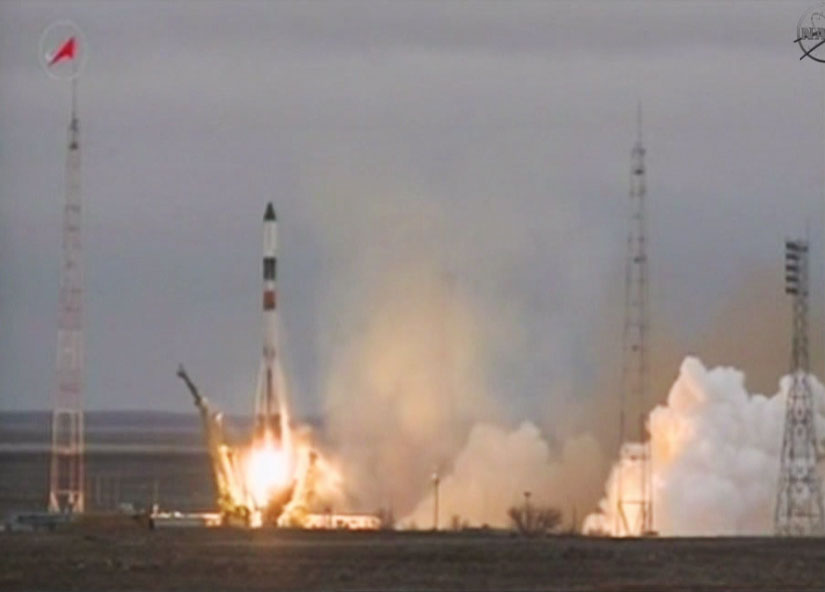Extravehicular Activity (EVA) Preparation: The USOS crew members performed final preparations for the upcoming EVAs. Today, they reviewed the detailed EVA timeline, briefing package, and crib sheet then completed final tool configuration. In addition, they set up the Equipment Lock, EMUs, and ancillary hardware to support the upcoming EVA. The EVA to install International Docking …






